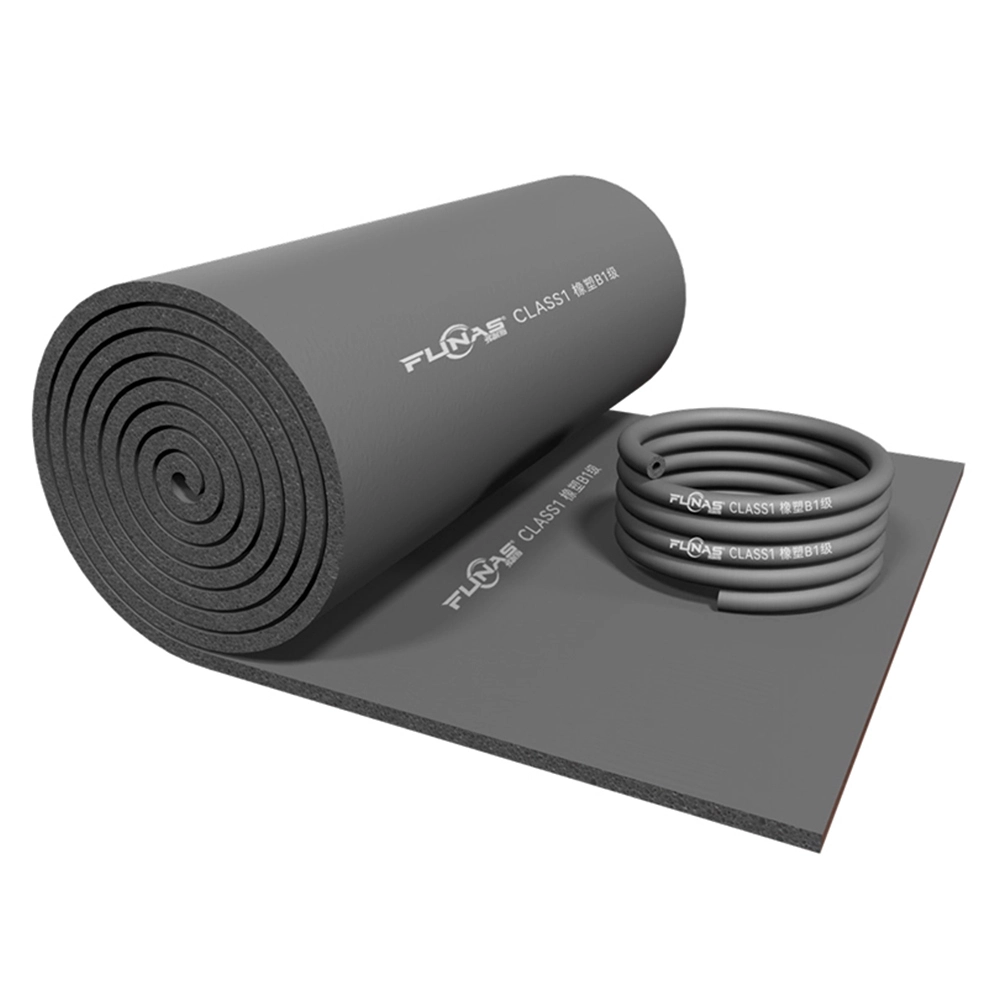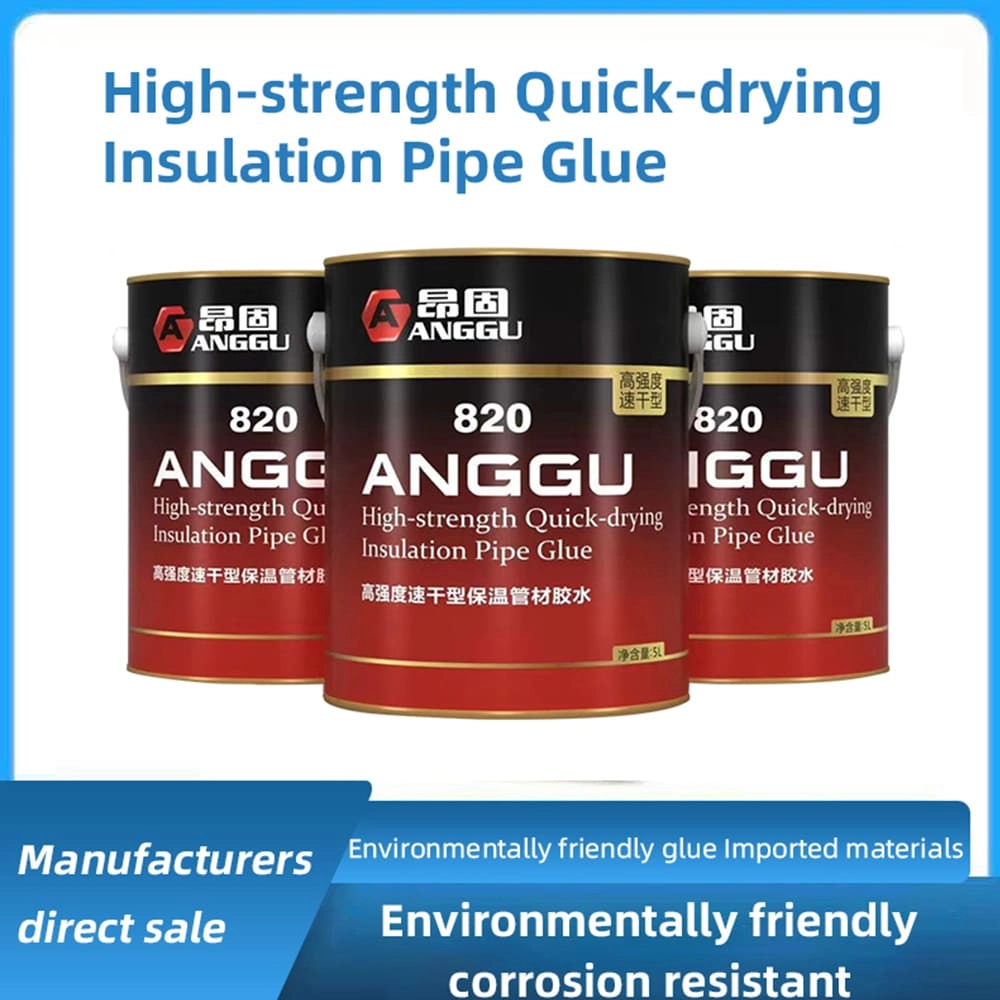How does mineral wool insulation improve energy efficiency? | Insights by FUNAS
Discover how mineral wool insulation improves energy efficiency, reduces costs, and contributes to a sustainable environment. Learn about its thermal performance, durability, and benefits in this detailed guide.
- Understanding Mineral Wool Insulation and Its Impact on Energy Efficiency
- 1. What Is Mineral Wool Insulation?
- 2. How Does Mineral Wool Insulation Improve Energy Efficiency?
- 3. What Are the Environmental Benefits of Mineral Wool Insulation?
- 4. How Does Mineral Wool Insulation Compare to Other Insulation Materials?
- 5. What Are the Cost Implications of Using Mineral Wool Insulation?
- 6. How Does Mineral Wool Insulation Contribute to Fire Safety?
- 7. How Does Mineral Wool Insulation Perform Over Time?
- 8. Is Mineral Wool Insulation Suitable for Retrofit Projects?
- 9. How Does Mineral Wool Insulation Contribute to Indoor Air Quality?
- 10. What Are the Installation Considerations for Mineral Wool Insulation?
- Conclusion: Why Choose FUNAS for Your Insulation Needs?
Understanding Mineral Wool Insulation and Its Impact on Energy Efficiency
Mineral wool insulation, derived from natural rocks and minerals, is renowned for its exceptional thermal performance and energy-saving capabilities. This guide explores how mineral wool enhances energy efficiency, addresses common questions, and provides essential insights for professionals in the thermal insulation materials industry.
1. What Is Mineral Wool Insulation?
Mineral wool insulation is a versatile material made from natural rocks and minerals, offering excellent thermal and acoustic properties. It is commonly used in residential and commercial buildings to improve energy efficiency and indoor comfort.
2. How Does Mineral Wool Insulation Improve Energy Efficiency?
Mineral wool insulation enhances energy efficiency through several key mechanisms:
Thermal Resistance: With thermal conductivity values between 0.020 and 0.040 W/m·K, mineral wool effectively reduces heat transfer, maintaining consistent indoor temperatures and reducing reliance on heating and cooling systems.
Air Tightness and Draft Prevention: Its open fiber structure traps air, sealing gaps and preventing drafts, which minimizes heat loss and improves overall energy conservation.
Moisture Control: Mineral wool is inherently moisture-resistant, preventing issues like mold growth and maintaining insulation integrity, which is crucial for sustained energy efficiency.
3. What Are the Environmental Benefits of Mineral Wool Insulation?
Mineral wool insulation offers several environmental advantages:
Sustainability: Made from natural and recycled materials, it reduces the need for virgin resources and minimizes environmental impact.
Recyclability: Mineral wool products are recyclable, contributing to waste reduction and promoting a circular economy.
Reduced Carbon Footprint: By enhancing energy efficiency, mineral wool insulation lowers greenhouse gas emissions associated with heating and cooling, supporting global sustainability efforts.
4. How Does Mineral Wool Insulation Compare to Other Insulation Materials?
When compared to other insulation materials, mineral wool stands out for its durability and efficiency. It is not susceptible to thermal degradation, unlike some other materials. Here’s a quick comparison:
| Insulation Material | Lambda Value (W/mK) | Durability | Thermal Degradation |
|---|---|---|---|
| Mineral Wool | 0.03 – 0.04 | High | No |
| Fiberglass | 0.04 – 0.05 | Medium | Yes |
| Foam Board | 0.02 – 0.03 | High | Yes |
5. What Are the Cost Implications of Using Mineral Wool Insulation?
While the initial investment in mineral wool insulation may be higher than some alternatives, its durability and energy-saving benefits lead to significant long-term savings. The material's longevity reduces the need for frequent replacements, and its thermal efficiency lowers heating and cooling costs, making it a cost-effective choice over time.
6. How Does Mineral Wool Insulation Contribute to Fire Safety?
Mineral wool insulation is non-combustible and can withstand high temperatures, making it an effective fire barrier. It delays fire spread, providing additional time for evacuation and reducing potential damage. This fire resistance enhances building safety and contributes to overall energy efficiency by maintaining structural integrity during a fire.
7. How Does Mineral Wool Insulation Perform Over Time?
Mineral wool insulation maintains its thermal performance over time without significant degradation. Studies have shown that buildings with mineral wool insulation continue to exhibit excellent thermal performance decades after installation, ensuring sustained energy efficiency and comfort.
8. Is Mineral Wool Insulation Suitable for Retrofit Projects?
Yes, mineral wool insulation is ideal for retrofitting existing buildings. Its flexibility allows it to fit various spaces, and its performance is not significantly affected by age, making it a practical choice for enhancing energy efficiency in older structures.
9. How Does Mineral Wool Insulation Contribute to Indoor Air Quality?
By reducing heat loss and preventing drafts, mineral wool insulation helps maintain a stable indoor environment, which can positively impact indoor air quality. Its moisture-resistant properties also prevent mold growth, contributing to a healthier indoor climate.
10. What Are the Installation Considerations for Mineral Wool Insulation?
Proper installation is crucial to maximize the benefits of mineral wool insulation. It should be installed to fit snugly without gaps, and care should be taken to avoid compressing the material, as this can reduce its effectiveness. Ensuring proper ventilation is also important to prevent moisture buildup and maintain indoor air quality.
Conclusion: Why Choose FUNAS for Your Insulation Needs?
When selecting insulation materials, FUNAS stands out for its commitment to quality, sustainability, and customer satisfaction. Our mineral wool insulation products offer superior thermal performance, durability, and environmental benefits, making them an excellent choice for enhancing energy efficiency in your building projects. Trust FUNAS to provide innovative solutions that meet your insulation needs and contribute to a sustainable future.

The Ultimate Guide to Glass Wool Insulation 2026

Top 10 Foam Rubber Sheet Manufacturers for Insulation & More

Top 14 Rock Wool Panel Brands: Expert Guide for 2026

Top 10 Insulation Adhesives for Heat & Soundproofing 2026
FAQ
What types of rubber foam insulation do you offer?
We offer a wide range of rubber foam insulation with different thicknesses and specifications. Thermal insulation material manufacturer FUNAS sleeves and sheets are suitable for different application scenarios.
How to start a consultation?
You can contact us through our website, phone, or email. We will arrange a professional staff to discuss your needs about best thermal insulator and how we can help you.
service
Can I request custom dimensions or properties for my insulation needs?
Yes, we specialize in custom solutions. Whether you need specific dimensions, thicknesses, densities, or additional coatings, we can work with you to manufacture insulation products tailored to your exact requirements of good materials for heat insulation.
Are your rubber foam products environmentally friendly?
Yes, our insulation products are designed with sustainability in mind. They help reduce energy consumption by minimizing heat loss and gain, and they are made from durable materials that have a long life cycle, reducing the need for frequent replacement.
You might also like

Wholesale Perfect Fire Resistant Performance High Strength Acoustic Mineral Wool Insulation Rock Wool Board Panel Plain Slab
Rock wool board, that is, a kind of exterior insulation material. When the market share of 90% of the organic thermal insulation materials in the stagnant wait-and-see, as a fire rating of A-class exterior insulation inorganic material rock wool, has ushered in an unprecedented market opportunity.

Black Rubber-plastic Tube Rubber foam pipe wholesale

Foam Phenolic Adhesive
This product has passed the national GB33372-2020 standard and GB18583-2008 standard. (The product is a yellow liquid.)
Anggu foam phenolic glue is a kind of glue with corrosion resistance, low odor, high strength and excellent brushing property. Can be sprayed for construction with fast surface drying speed, long bonding time, no chalking and convenient operation.

Environmentally friendly self spraying adhesive
This product has passed the national GB33372-2020 standard and GB18583-2008 standard. This product is a yellow liquid.
Anggu spray glue is a product with high cost performance and a wide application range. It is mainly used for home construction, engineering construction, and various construction defect repair places. This product is low odor, no formaldehyde, spray-convenient glue, table drying speed, long bonding time, no chalking.
Leave a message
Have any questions or concerns about our products? Please leave us a message here and our team will get back to you promptly.
Your queries, ideas, and collaboration opportunities are just a click away. Let’s start a conversation.


















































